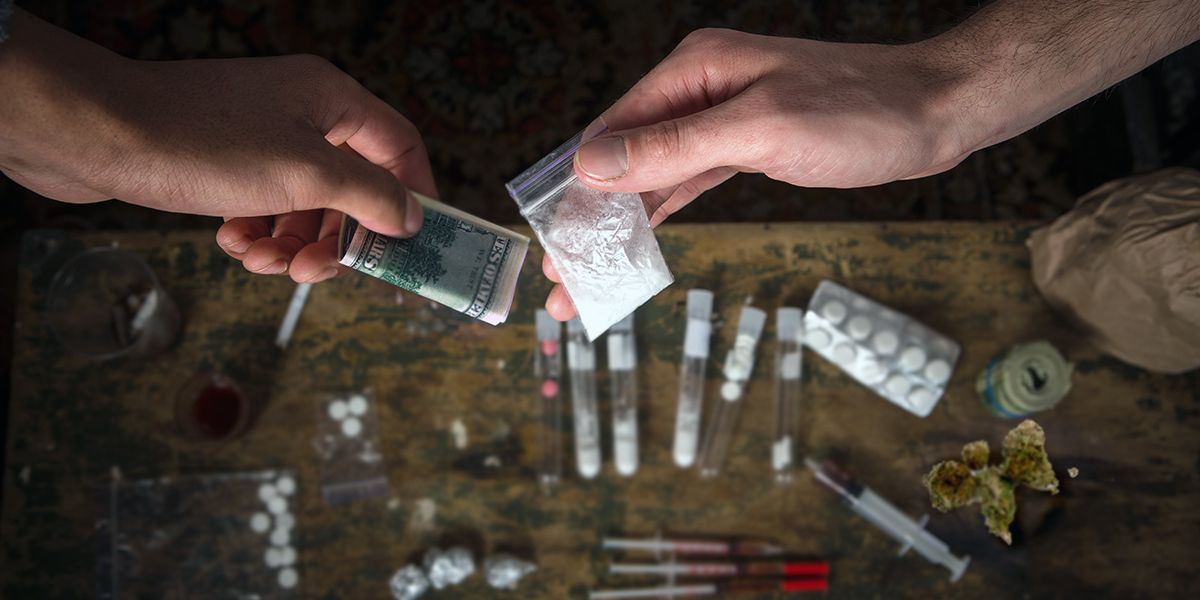LHT –
California, like many states, faces significant challenges when it comes to drug-related arrests. Despite progressive drug policies and numerous public health campaigns, drug abuse violations remain one of the primary reasons for arrests in the state.
Understanding the most common types of arrests can help shed light on the scope of the problem and highlight the need for continued prevention and intervention efforts. Below are the five most common arrests in California related to drug abuse violations.
1. Possession of Controlled Substances
The most frequent drug-related arrest in California involves the possession of controlled substances. This category covers a wide range of drugs, including methamphetamines, heroin, cocaine, ecstasy, and prescription drugs without proper authorization.
Despite reforms aimed at decriminalizing certain drug offenses and reducing jail populations, simple possession continues to account for a large number of arrests. In many cases, these arrests lead to misdemeanor charges, but possession of larger quantities or intent to distribute can result in felony charges.
2. Possession of Drug Paraphernalia
Drug paraphernalia refers to items that are used to consume, manufacture, or prepare drugs for use. Items such as syringes, pipes, bongs, and scales fall under this category.

In California, possessing drug paraphernalia is a misdemeanor, but it remains a common arrest due to the prevalence of substance abuse in urban and rural areas alike. Many people arrested for paraphernalia possession are also found with controlled substances, leading to additional charges.
3. Driving Under the Influence (DUI) of Drugs
While DUIs are typically associated with alcohol, driving under the influence of drugs (DUID) is becoming increasingly common.
SEE MORE –
This Ohioan Town Wins the Title of Most Violent
This type of arrest occurs when a driver is impaired by any drug, including illegal narcotics, prescription medication, or even over-the-counter drugs if they affect driving ability. California law enforcement has heightened its focus on DUIDs, and officers are trained to identify the signs of drug impairment. Marijuana-related DUIs have also risen since the state legalized recreational cannabis, as many drivers underestimate the drug’s impact on their ability to operate a vehicle safely.
4. Drug Manufacturing and Cultivation
Drug manufacturing and cultivation involve the illegal production of drugs like methamphetamine, marijuana (in cases exceeding legal limits), and synthetic drugs.
Though California allows for the legal cultivation of marijuana under specific regulations, violations such as growing too many plants, unlicensed cultivation, or using toxic chemicals can result in arrest. Similarly, meth labs and other illegal drug production operations are still active in parts of California, making this a significant area of focus for law enforcement.
5. Drug Trafficking and Distribution
Drug trafficking and distribution are among the most severe drug-related offenses in California, often resulting in felony charges. These arrests involve individuals who are caught selling, transporting, or distributing large quantities of controlled substances.
Drug trafficking networks, particularly those involved with methamphetamine, heroin, and fentanyl, have a strong presence in the state, fueling addiction and overdose rates. Authorities at the state and federal levels work together to dismantle these operations, often resulting in high-profile arrests and convictions.
Conclusion
California’s ongoing battle with drug-related arrests reflects a broader issue with substance abuse and illegal drug activity in the state. While reforms have been made to address the root causes of drug addiction and reduce nonviolent drug offenders’ jail time, the state continues to grapple with widespread arrests due to drug possession, paraphernalia, DUIs, and more serious trafficking offenses.
Addressing these issues requires not only legal enforcement but also comprehensive public health strategies to support rehabilitation and reduce the societal impact of drug abuse.




